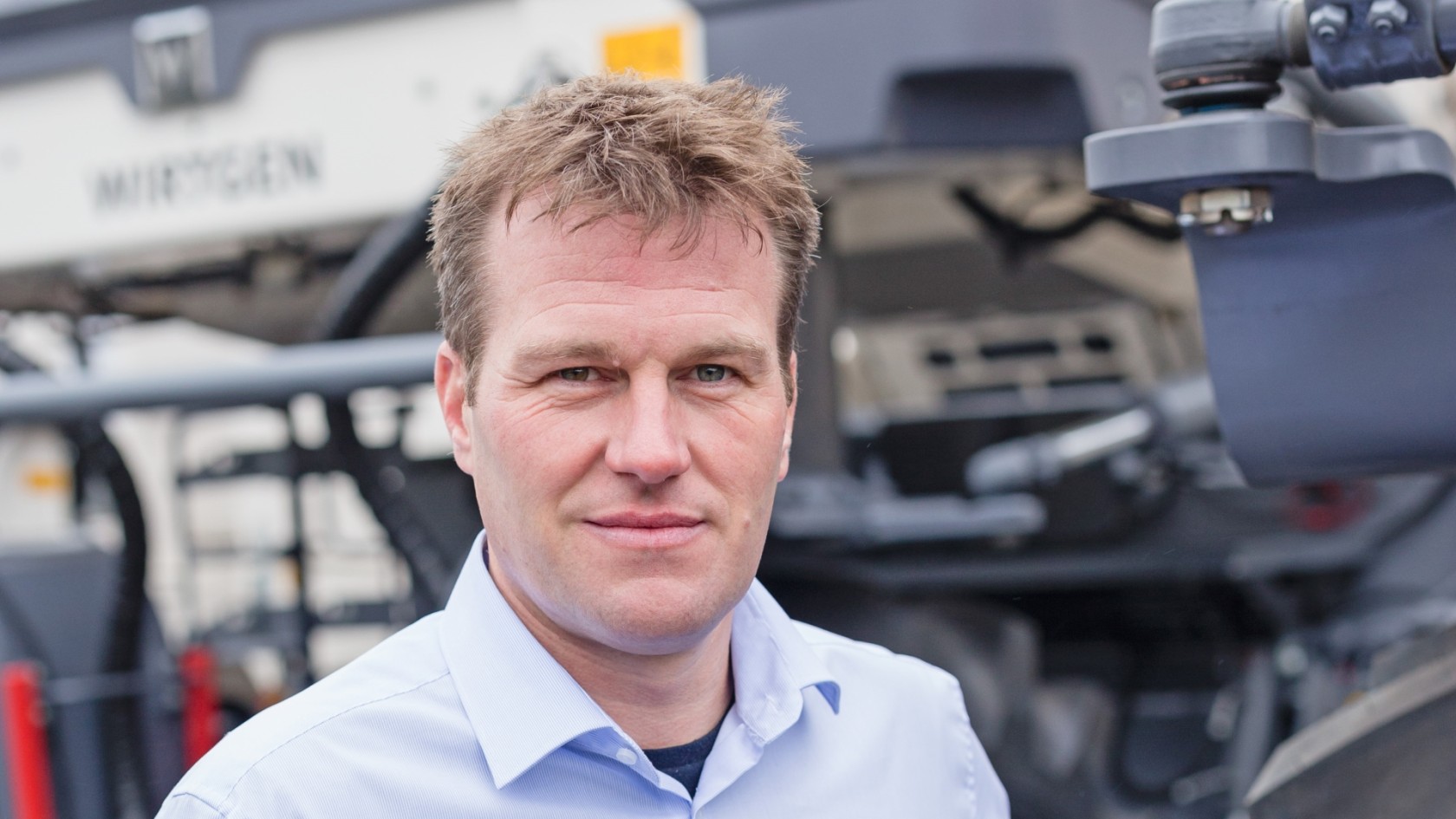

Why is cold in-place recycling so environmentally friendly?
Interview with Martin Diekmann, Product Manager Cold Recycling by WIRTGEN
"First and foremost, because the material from the existing road surface is recycled 100%. This drastically reduces the amount of material that needs to be transported from or to landfills or quarries. Recycling also consumes significantly less total energy than all other rehabilitation options."
In addition to being better for the environment, it also cuts costs for ordering authority as well, correct?
"That’s right, it saves both transport and disposal costs. But cold recycling offers further advantages. Recyclers achieve high production rates that significantly reduce construction times compared to most alternative rehabilitation methods. No wonder, then, that cold recycling has long been established as a standard process in many countries. It is the solution for the sustainable, economical and rapid rehabilitation of old transport networks. And the need for rehabilitation is undoubtedly there."
What are the synergy effects for the WIRTGEN GROUP’s customers?
"The WIRTGEN GROUP subsidiaries not only offer complete, perfectly compatible machine technology from a single source, including the necessary laboratory equipment for preliminary tests. We also offer our customers comprehensive application consulting services and, in the case of major projects, expert support during construction work from our application experts. And anyone who wants to first become familiar with the subject can participate in our training programs. Our experts are happy to pass on their practical knowledge to our customers."
The cold recycling handbook discusses cold recycling methods and options, methods for analyzing existing road structures, and how to select suitable binding agents. In addition, the authors provide numerous practical tips on how to put the information contained in the guide into practice. WIRTGEN’s Hands-on Guide to Cold Recycling is a comprehensive compendium on all aspects of this cost-effective and environmentally friendly road rehabilitation method.
View Hands-On GuideIn this laboratory equipment handbook, you’ll learn everything you need to know about WIRTGEN’s three laboratory units: the WLB 10 S foamed bitumen laboratory system, the WLM 30 twin-shaft pugmill mixer, and the WLV 1 laboratory compressor. This includes important information on rapidly producing mixes and determining the optimum type of binding agent.
View Hands-On GuideWIRTGEN’s handbook on soil treatment and base layers with hydraulic binding agents describes the various standards, guidelines, and data sheets that play an important role in soil stabilization. In addition, you will gain helpful insights into the application technology in order to optimize your use of soil stabilizers on the job site.
View Hands-On Guide